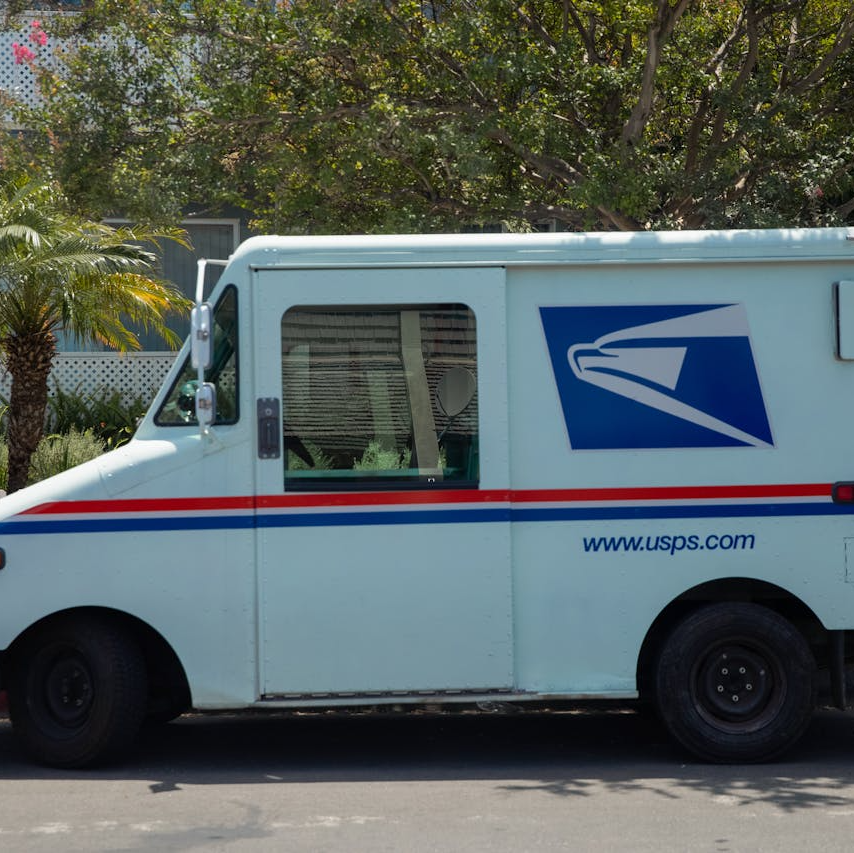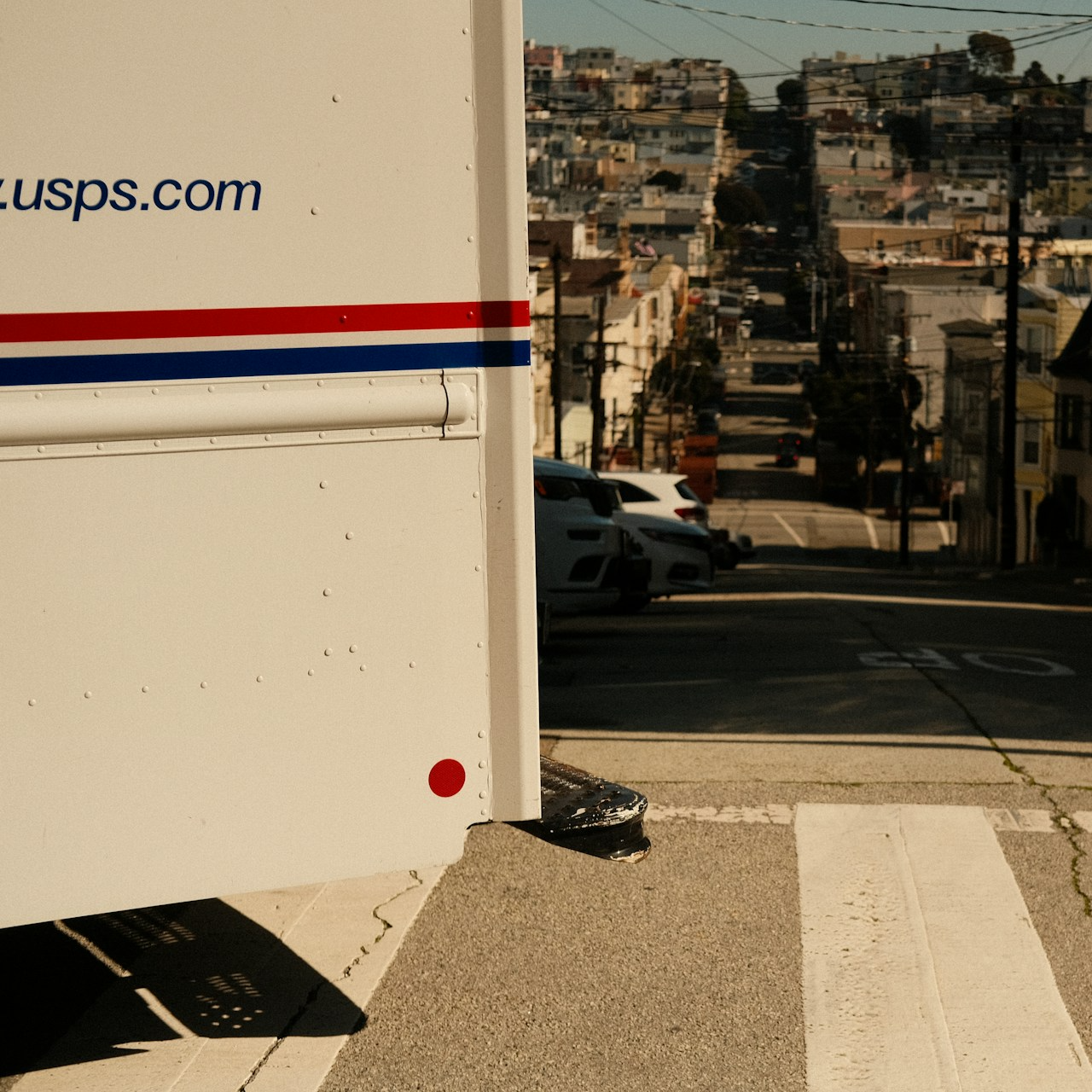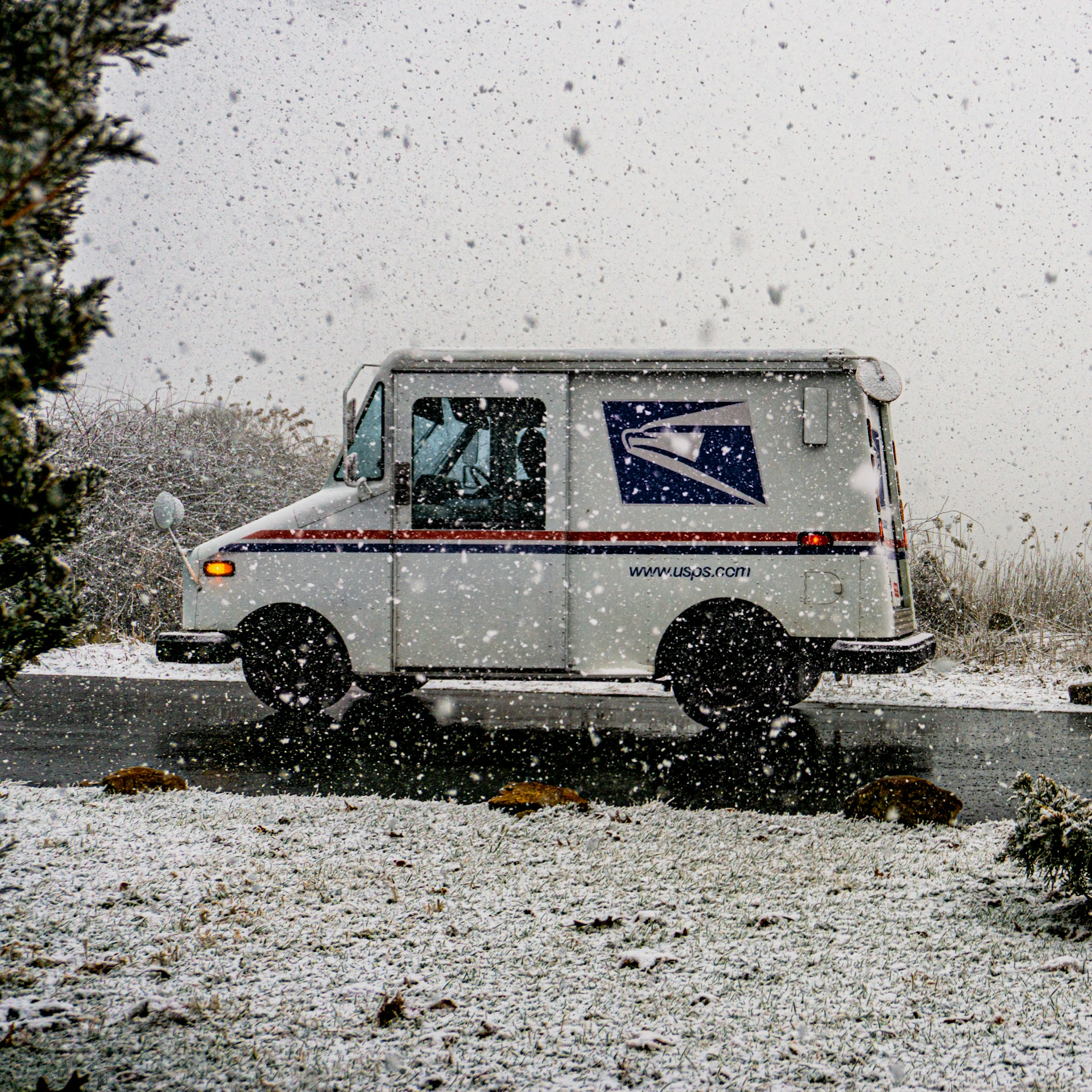Key Takeaways
-
Understanding the finer details of PSHB plans can significantly lower your healthcare costs.
-
Avoiding common mistakes during enrollment ensures you’re adequately covered without unexpected expenses.
1. Skipping the Fine Print on Your PSHB Plan
You’ve likely seen all the paperwork involved in enrolling in a Postal Service Health Benefits (PSHB) plan. It can feel overwhelming, making it tempting to skim or skip the details altogether. But overlooking the fine print can lead to unexpected costs later.
What You Might Miss
-
Specific exclusions or limitations on certain treatments
-
Details about prescription drug coverage, especially under the new Medicare Part D Employer Group Waiver Plans (EGWP)
-
Requirements regarding in-network and out-of-network services
How to Avoid This Mistake
Take the time to thoroughly review your plan brochure before enrolling. Look specifically for coverage limitations, deductibles, copayments, and coinsurance rates. It’s worth the effort to prevent surprises when you need care the most.
2. Ignoring Medicare Part B Integration Requirements
For 2025, a significant change in PSHB coverage involves the integration of Medicare Part B for eligible retirees. Failing to understand these new rules can result in losing coverage or facing higher out-of-pocket expenses.
What You Need to Know
-
Medicare-eligible retirees must enroll in Medicare Part B to maintain full PSHB coverage.
-
Certain exemptions apply—for example, those who retired on or before January 1, 2025, or were aged 64 or older as of January 1, 2025.
Preventing This Pitfall
Verify your Medicare eligibility and enrollment requirements early. Ensure you’re enrolled in Medicare Part B during your initial enrollment period (the seven months surrounding your 65th birthday). Timely enrollment prevents lapses in coverage and higher costs down the road.
3. Misunderstanding Out-of-Pocket Costs
Another common oversight involves not fully grasping how deductibles, copayments, and out-of-pocket maximums work in PSHB plans.
Important Cost Factors
-
Deductibles: These typically range between $350–$500 for lower-deductible plans and up to $1,500–$2,000 for high-deductible options.
-
Coinsurance: Your share of costs after meeting your deductible, typically 10–30% in-network and up to 50% out-of-network.
-
Copayments: Expect around $20–$40 for primary care visits, $30–$60 for specialist visits, and potentially higher for urgent care or emergency services.
How to Clarify Costs
Use plan comparison tools during the PSHB Open Season (November 11 to December 13, 2025) to evaluate these cost elements clearly. This proactive approach helps you budget for medical expenses throughout the year and avoid unexpected financial burdens.
4. Overlooking Prescription Drug Coverage Details
Prescription drug coverage under PSHB plans has undergone major adjustments in 2025, particularly with Medicare Part D integration. Many retirees overlook this, potentially leading to higher medication expenses.
Key Points on Prescription Coverage
-
Medicare-eligible retirees automatically receive prescription coverage through the Medicare Part D EGWP.
-
Prescription deductibles under Part D can reach $590, but there’s now a beneficial cap of $2,000 on annual out-of-pocket prescription expenses.
Ensuring Affordable Prescriptions
Carefully review your Annual Notice of Change (ANOC) and verify how your plan covers specific medications you take regularly. Doing so during the annual Open Season (November 11 to December 13) can significantly reduce your medication costs.
5. Choosing Plans Based Solely on Premiums
Many USPS employees and retirees focus primarily on premium costs when selecting their PSHB plan. However, selecting a plan solely based on low premiums can prove costly when significant medical needs arise.
Hidden Costs of Lower Premiums
-
Plans with lower premiums often come with higher deductibles and copayments.
-
Limited networks associated with lower-premium plans could increase out-of-pocket expenses if your preferred providers are not included.
A Balanced Approach to Choosing a Plan
Look beyond premiums. Analyze your typical healthcare usage, expected future needs, and balance premium costs with potential deductibles, coinsurance, and copayments. The right plan might cost slightly more upfront but can save you significantly in overall annual expenses.
Understanding Your PSHB Enrollment Timeline
Timing is crucial when enrolling or making changes to your PSHB coverage. Missing enrollment deadlines can lock you into an unsuitable plan for the entire year.
Important Dates to Remember
-
Open Season: November 11 to December 13, 2025
-
Coverage Start Date: January 1, 2026
-
Qualifying Life Events (QLE): Changes outside Open Season are allowed only after significant life events (e.g., marriage, divorce, birth, or death).
Mark these dates prominently and use reminders to ensure you don’t miss any opportunities to enroll or adjust your plan as needed.
Maximizing Your PSHB Benefits
To make the most of your PSHB coverage, consider these strategies:
-
Regularly review your healthcare needs annually before Open Season.
-
Maintain awareness of in-network providers to maximize coverage and minimize costs.
-
Track your healthcare expenses throughout the year to better predict future costs.
These steps can streamline your healthcare experience, providing peace of mind and financial predictability.
Getting Expert Advice
Understanding PSHB plans can be complex, and sometimes it helps to seek professional guidance. Speaking with a licensed agent can clarify your options, ensure compliance with Medicare integration requirements, and help you choose a plan best suited to your individual needs.
Take Control of Your PSHB Choices Today
Avoiding these common mistakes helps secure your health and financial stability. Don’t leave your healthcare decisions to chance—get in touch with a licensed agent listed on this website for personalized, professional advice today.











